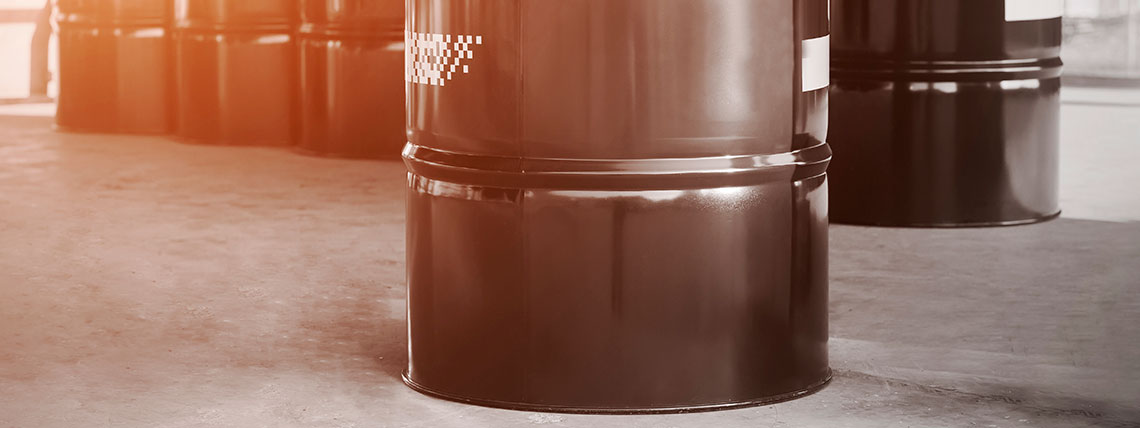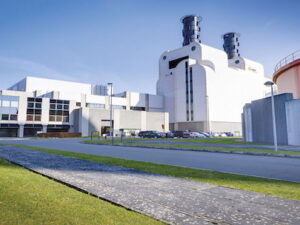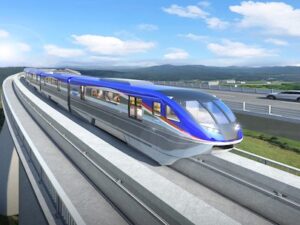ATI Cofrentes
Structural Dynamics
Structural Dynamics of the slab of ATI building
The Cofrentes nuclear plant in Valencia plans to build an Independent Spent Fuel Storage Facility (known as “ATI” in the Spanish industry) by 2020 to store the radioactive fuel in dry cast storage, since the existing pools where they are stored will be saturated in 2021.
Generally, once discharged from the nuclear reactor, the spent fuel is temporarily stored in pools, located in the nuclear power plant itself, for cooling. The choice of water as an immediate storage is justified due to its high coefficient of heat transmission and its good capacity to contain the radiation. Usually the spent fuel is stored under water for 10-20 years. The fuel pool water is continuously cooled to remove the heat.
Approaching the pool capacity limit, the nuclear power plant of Cofrentes has plans to store the spent fuel in dry cast storage. In Spain, the fuel is stored in metal or concrete-metal containers.
To date, there are already three active ATIs in the Trillo, José Cabrera and Ascó nuclear power plants.
The temporary storage facility of the Cofrentes Nuclear Power Plant consists of two independent slabs of approximately 30 x 20m that can store up to 12 containers each (2 rows of 6).
DYNAMIS’ added value mission
Dynamis’ mission was to carry out the seismic design of the two storage slabs. The project was done in collaboration with the technical department of IBERDROLA INGENIERIA Y CONSTRUCCION (IBERINCO).
To optimize the thickness of the slab, a parametric study has been conducted. Prior to the seismic calculation, we have performed a probabilistic site response analysis, defining 60 random profiles. The scope of our study was to determine the minimum thickness of the slab to avoid the uplift of the tanks. Past experiences have taught us that the uplift of the nuclear container may generate excessive shear forces upon impact between the container and the slab (returning to its equilibrium position). Seismic calculations take into consideration structure-soil-structure interaction (SSSI) and different loading scenarios. The effect of having one of the slabs completely loaded (12 containers) or empty is important in the design, with dynamic impedances function analyses leading to differences of up to 20%.
Floor spectra have also been calculated to verify any auxiliary equipment to be installed.
Dynamis’ mission was to carry out the seismic design of the two storage slabs. The project was done in collaboration with the technical department of IBERDROLA. To optimize the thickness of the slab, a parametric study has been conducted. Prior to the seismic calculation, we have performed a probabilistic site response analysis, defining 60 random profiles. The scope of our study was to determine the minimum thickness of the slab to avoid the uplift of the tanks.







